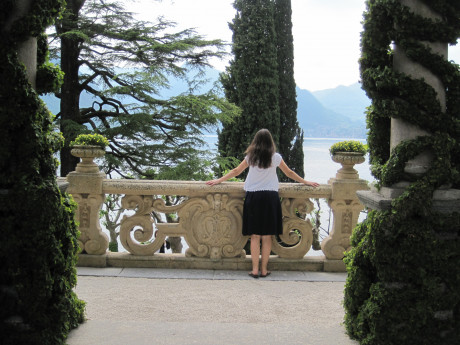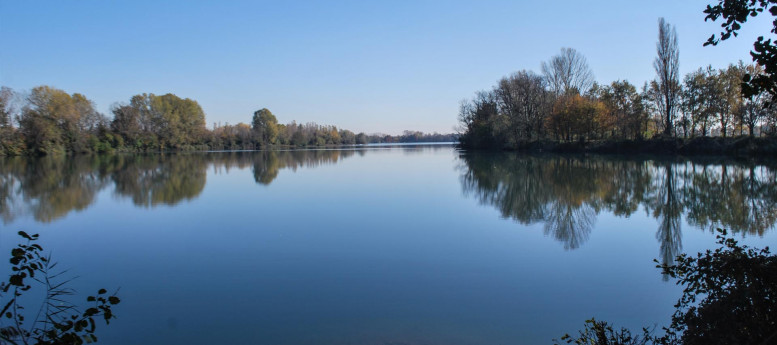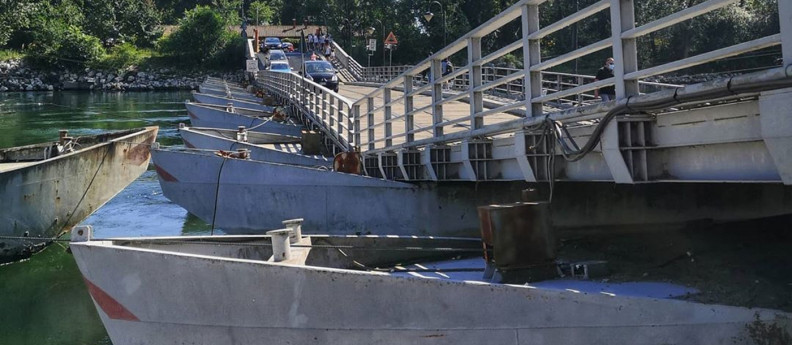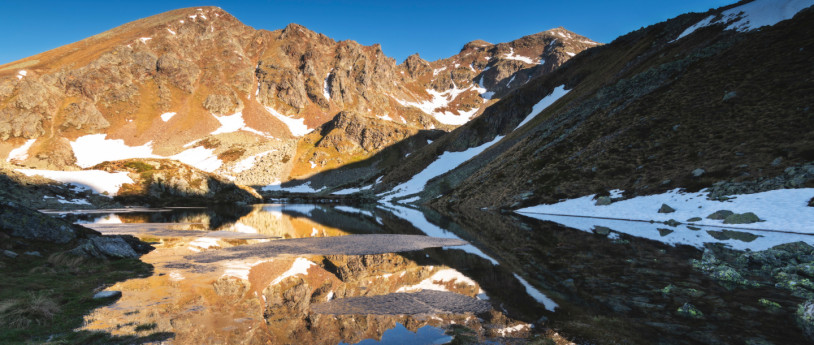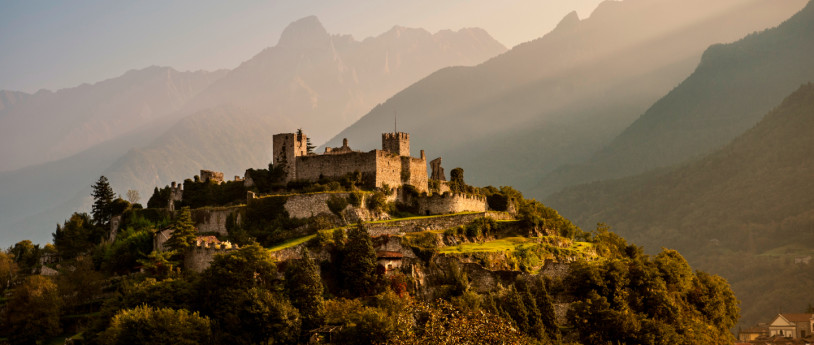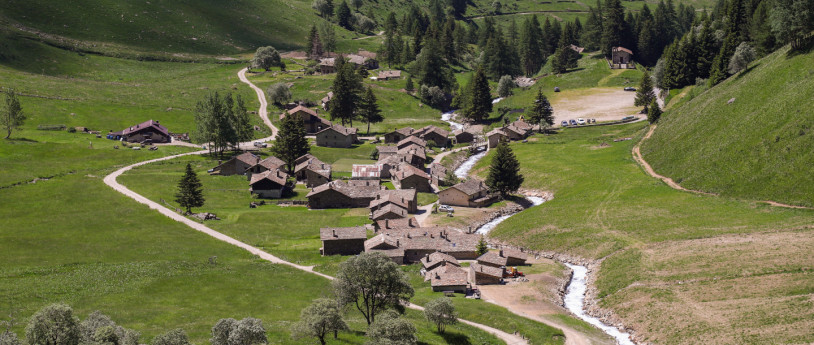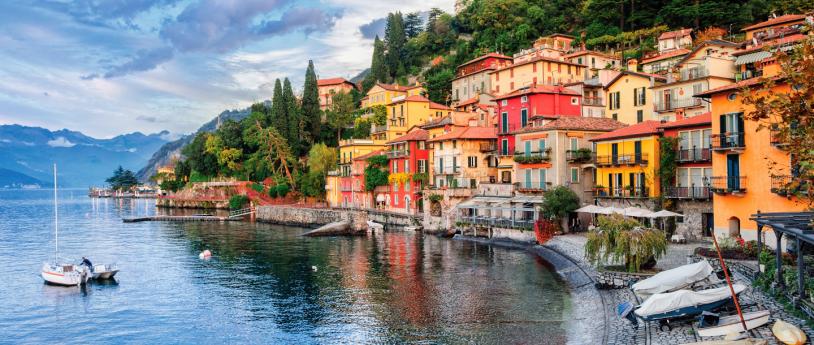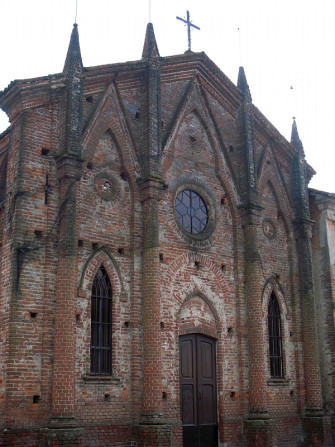Walking through Case di Viso
A few kilometres from Ponte di Legno, a mildly sloping path takes you up to the little alpine village of Case di Viso, at an altitude of 1,753 metres in Valle di Viso. The village has maintained its relatively isolated position through the centuries, with links to agriculture and livestock farming. It has adapted to the arrival of tourism, without losing its traditional character. Your arrival is accompanied by panoramic views, where the peaks of the Ortles-Cevedale and Adamello mountains frame the scene. The name Viso, in fact, also refers to the privileged position of the village, overlooking a unique landscape that embraces the whole valley. The first houses in Case di Viso date back to the Middle Ages, wood and stone huts overlooking the stream that flows through the meadows and clearings, preserving all the charm of the traditional mountain communities, offering a rare example of rural alpine architecture. Case di Viso is also a place of memory. During the Second World War, its position did not spare it from Nazi reprisals, and now the village stands as testament to resilience and to the courage of its inhabitants. Around the village, conifer woods, meadows and mountains create a landscape that lights up with the warm colours of the chestnut trees and larches in autumn, accompanied by the flowing waters, with rustling leaves to be felt at every step. It is the starting point for walks of varying difficulty to explore the Adamello national park, with sections like Piana di Ercavallo or the mountain lake, which are ideal for trekking, cycling, mountaineering, and skiing. And after your excursion, you can stop in a refuge to enjoy the flavours of the mountain cuisine: steaming hot polenta, local cheeses and charcuterie that reflect the Valle Camonica through its food. Case di Viso brings together history, tradition and nature, in an authentic village, where every view has a story to tell and every season means different emotions.
